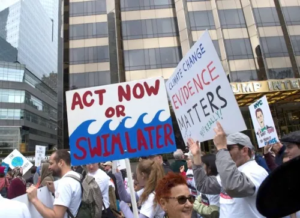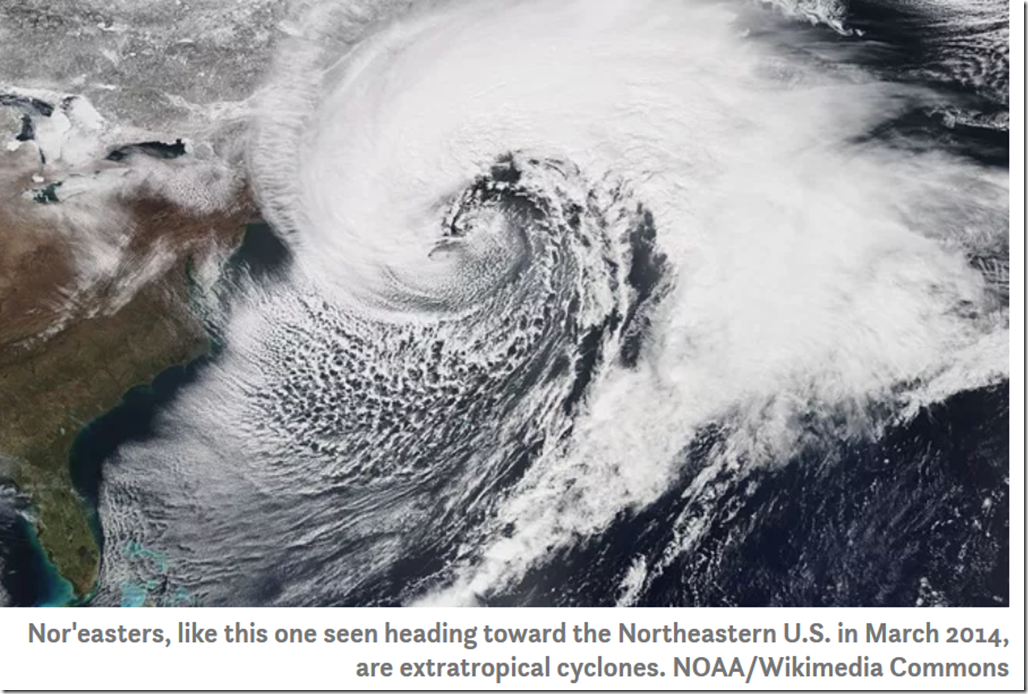by CO2 Coalition, Apr 22, 2024
We are pleased to announce the publication of our latest research report Nutritive Value of Plants Growing in Enhanced CO2 Concentrations (eCO2).
Despite many years of claims that increasing concentrations of CO2 are an “existential threat” to life on Earth, one cannot identify any harm that has been done. In fact, the only clear result of increasing CO2 has been an overall greening of the Earth and increasing productivity of agricultural and forest crops.
The evidence for greening of the Earth from eCO2 is now too obvious to deny. In recent years, some researchers have claimed that that nutritional values are negatively affected by elevated CO2 concentrations. Media promoters of climate alarmism have seized on these results to further demonize CO2.
In this paper we explain why the nutritional value of our more abundant crops can and will remain high as atmospheric CO2 concentrations increase toward values more representative of those existing throughout most of Earth’s history.
While this is a somewhat technical report, it is a valuable tool for you to put in your quiver to use the next time you see increased CO2 being linked to declining nutrition.












